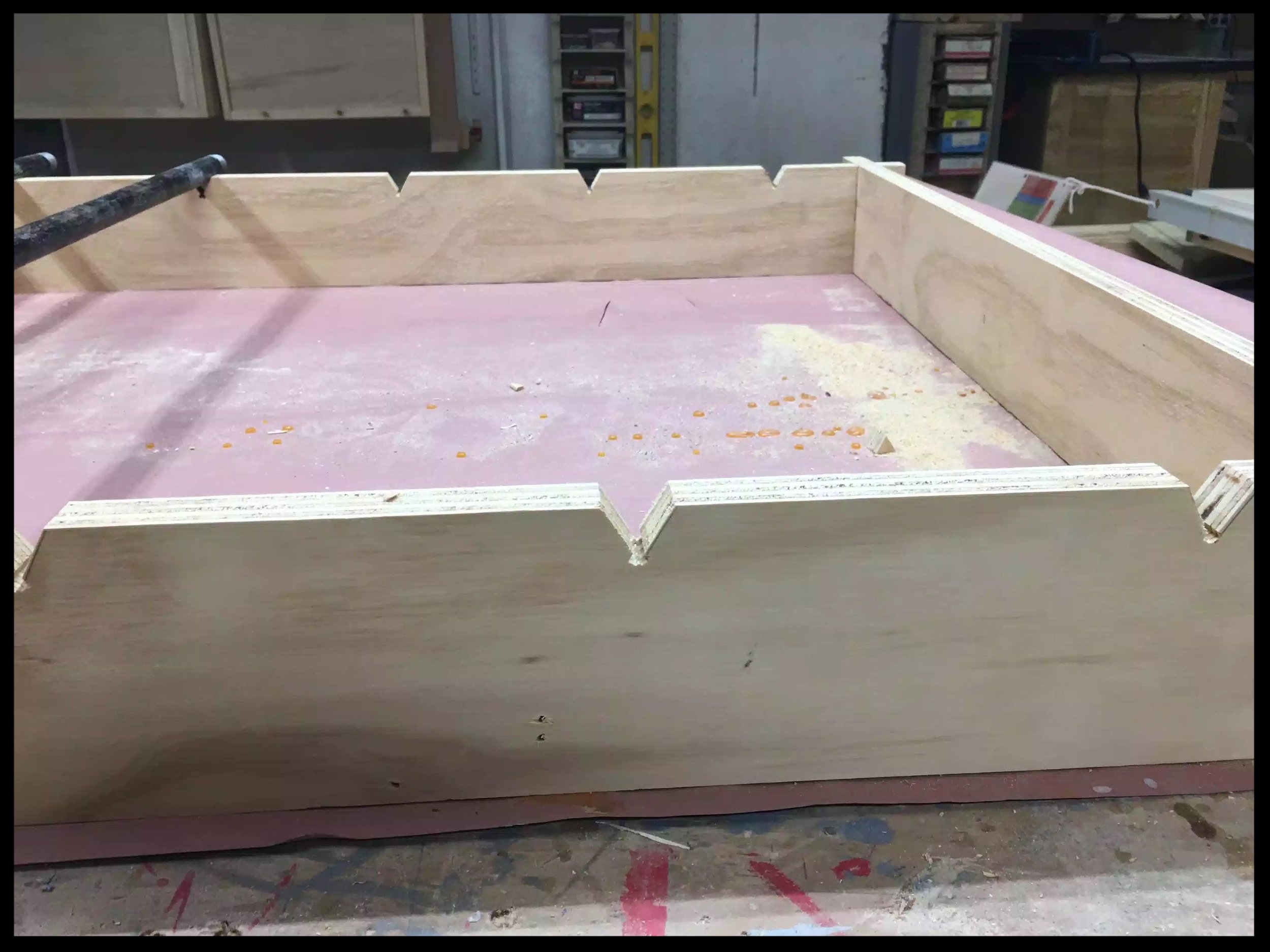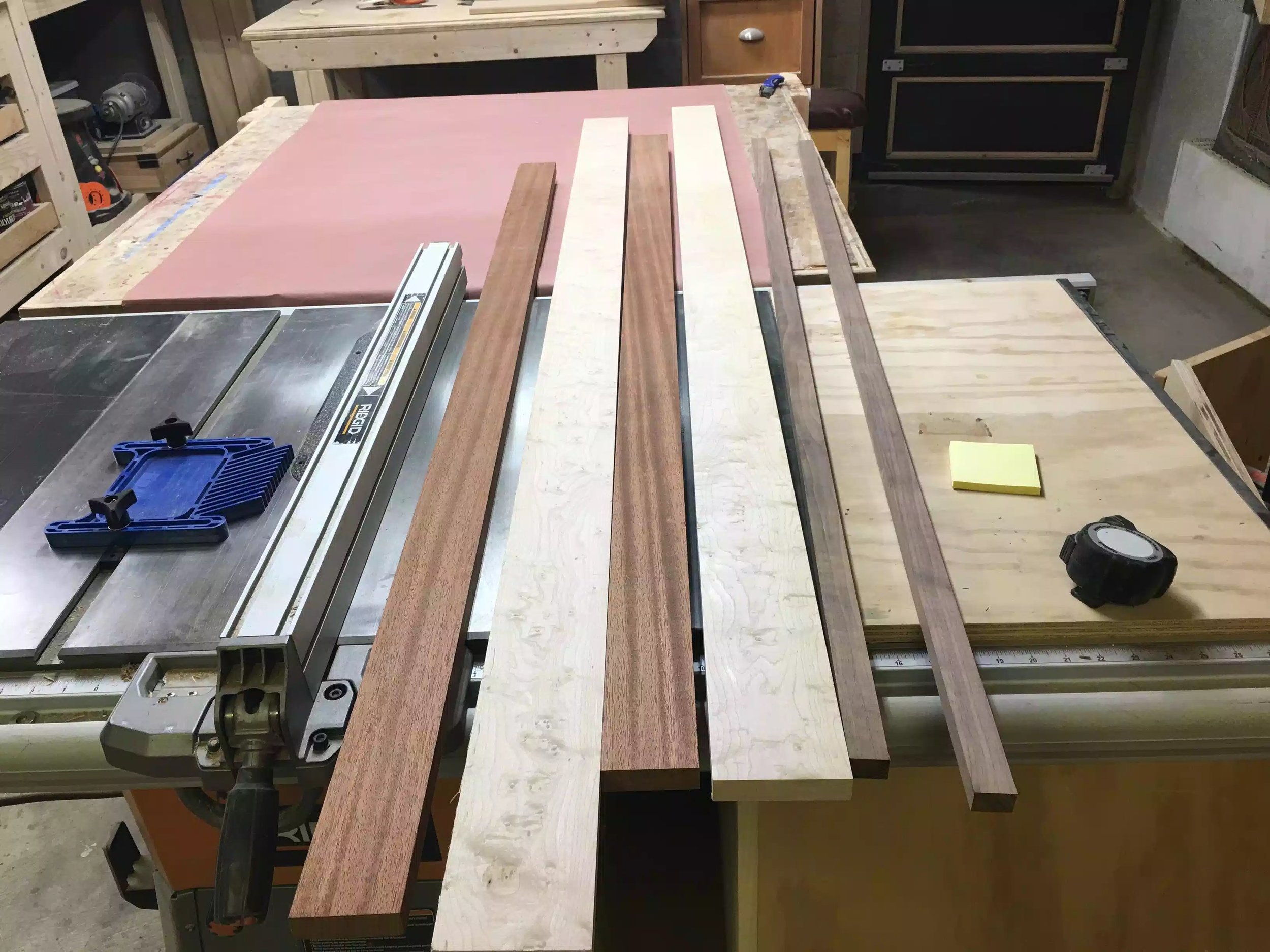INSPIRATION
I have been wanting to make one of these for some time now and I figured now would be a good as time as any, and they make a great gift. My last project was a success but to be honest I am a little worn out making Trivet’s but this is why I love woodworking as a hobby mostly because I can pick and choose what projects to make and when.
In my spare time as rare as that is, I love frequenting local craft beer breweries and when I first went to one about 2 years ago I was amazed at the quality of beer that was being made in the same town that I live, love IPA’s. Anyway craft beer breweries rotate their selection very often and since they do that you are never sure which one to try next and that was when I introduced to my very first beer flight, which is usually a selection of beer samples that are usually 5 ounces and they also arrive on a wooden paddle that holds the beers in place, well that is what I am going to make.
SOURCING THE PROJECT MATERIALS
Usually when I want to make a project I have a process that very rarely changes and are usually performed in this order
Inspiration (Research)
Design (Sketchup)
Source Materials
The build
But this time was different I went to the lumber yard at Barney & Carey before I even designed a model. Some of the wood that I wanted to use was species that I never used before and therefore didn’t know how much this project was going to cost me, I am glad that I waited and I was also very surprised at how many great pieces of wood at an affordable rate I could get.
I wanted to get 3 types of wood and they had to be contrasting species so that they would look great next to one another. So I eventually purchased Brazilian sapele, soft maple and walnut.
I also wanted to sell a few of these after they were made and wanted to supply the glasses that would fit into the flight and not leave that up-to the customer, so I went looking for a case of glasses and man are some glasses very expensive, but I had a specific type of glass in mind and eventually found them at a restaurant wholesale business and they were selling them for $2.00 a piece I thought that was expensive until I started looking some more, I could get another similar glass a little cheaper but the shipping costs were not what I wanted to pay and as well were estimated 10 days out. I needed the glass for its dimensions as that is what I will be building the flight around so I eventually purchased the glasses at $2 each and I had to buy a case, so that is what I did. A picture of the glass is below
Below you can see the woods that I purchased and I always sticker them for at least 24 hours so as that they acclimatize to my workshop.













































































































































































